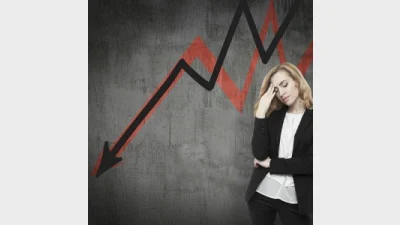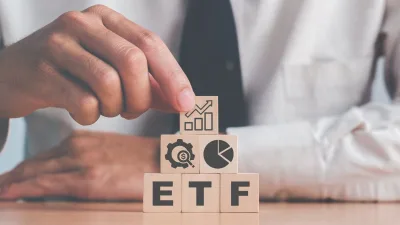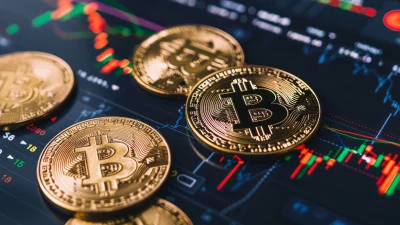How successfully have funds reduced their Russian exposure?



Lonsec has detailed the Russian exposure of global emerging market equity funds, warning it could weigh on fund performance in the short term.
In a report, the research house said it had surveyed the relevant global emerging market equity managers on their exposure to Russian, Ukrainian and Belarussian equities throughout December 2021-February 2022.
It noted, however, any action to change exposure was hindered by the suspension of the Russian stock market which meant managers who held those assets had been forced to write these off entirely if they held them during mid-to-late February.
By the end of February, 11 funds had less than 1% allocated to these assets compared to an average allocation across the funds of 4.8% at the end of the year. The MSCI Emerging Markets index held an average of 3.6% to Russia at the end of the year although it had since been removed from the index on 9 March.
GQG Partners Emerging Market Equity fund had made the largest allocation change, declining from 15.1% in December to 1.3% by 28 February, 2022.
Speaking to Money Management, Laird Abernathy, managing director for Australia and New Zealand at GQG, said: “Russia was an overweight in our emerging markets equity strategy going into 2022.
“As tensions escalated over the beginning of the year, we respected these increased risks and acted accordingly, first getting out of our financials exposure in Russia in January and also trimming our energy and materials exposures”.
In the firm’s February update, it had detailed how its emerging market exposure weighed on the firm’s funds under management and that the fund was the only one of its strategies to underperform.
The fund with the largest remaining allocation to these assets, at 3.9%, was Aberdeen Standard Emerging Opportunities.
In its February factsheet, the abdrn fund managers said: “Exposure to Russia itself was detrimental, given our overweight position going into the crisis.
“We reduced all our exposure to domestic Russia over the month, exiting two of our three holdings in domestic Russian companies in the second half of February and reducing the third. We prioritised reducing domestic exposure (versus energy exporters), as we expected a short window to act and that these holdings would suffer the biggest long-term damage.
“We held two banks, TCS Group and Sberbank, as well as national internet champion Yandex at the start of the month. When geopolitical risks intensified, we started to reduce these domestic holdings from mid-February to de-risk our overweight, and then exited our domestic exposure on 24 February, leaving only a rump position in Sberbank. Heading into this crisis, Russia had been one of the most compelling bottom-up stories in the emerging markets universe, with disruptive business models and huge secular growth potential.”
|
Fund |
Exposure at 31 Dec, 2021 |
Exposure at 31 Jan, 2022 |
Exposure at 28 Feb, 2022 |
|
GQG Partners Emerging Markets Equity Fund - A/Z Class |
15.1% |
8.3% |
1.3% |
|
Ashmore Emerging Markets Equity Fund
|
7.8% |
6.4% |
0.6% |
|
NB EME Select Trust - I Class
|
7.3% |
6.1% |
0.8% |
|
NB EME Select Trust - W Class |
7.3% |
6.1% |
0.8% |
|
Lazard Emerging Markets Equity Fund
|
7.2% |
6.5% |
2.4% |
|
Aberdeen Standard Emerging Opportunities Fund |
6.3% |
6.0% |
3.9% |
|
UBS Emerging Markets Equity Fund
|
5.6% |
3.3% |
1.2% |
|
Vanguard Active Emerging Markets Equity Fund |
5.4% |
5.0% |
1.2% |
|
Redwheel Global Emerging Markets Fund
|
4.1% |
4.0% |
0.2% |
|
BMO LGM Global Emerging Market Fund |
2.6% |
2.5% |
1.4% |
|
Pendal Global Emerging Markets Opportunities Fund - WS |
2.4% |
4.9% |
0.9% |
|
Legg Mason Martin Currie Emerging Markets Fund |
2.3% |
2.1% |
0.2% |
|
BetaShares Legg Mason Emerging Markets Fund (Managed Fund) |
2.2% |
2.1% |
0.2% |
|
Fidelity Global Emerging Markets Fund |
1.9% |
2.5% |
0.4% |
|
Fidelity Global Emerging Markets Fund (Managed Fund) |
1.9% |
2.5% |
0.4% |
|
Fidelity Asia Fund |
0.0% |
0.0% |
0.8% |
Source: Lonsec
Recommended for you
LGT Wealth Management is maintaining a neutral stance on US equities going into 2026 as it is worried whether the hype around AI euphoria will continue.
Tyndall Asset Management is to close down the Tyndall brand and launch a newly-branded affiliate following a “material change” to its client base.
First Sentier has launched its second active ETF, offering advisers an ETF version of its Ex-20 Australian Share strategy.
BlackRock has revealed that its iShares bitcoin ETF suite has now become the firm’s most profitable product line following the launch of its Australian bitcoin ETF last month.












